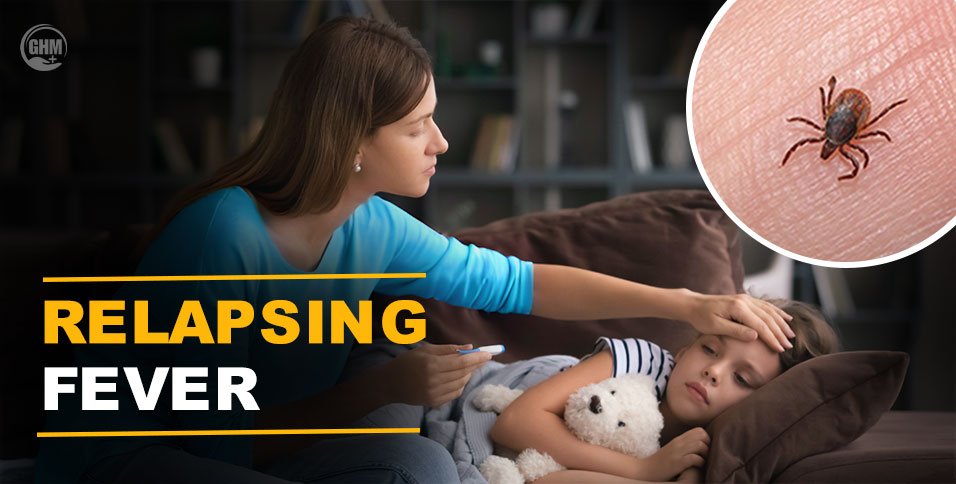The National Cancer Institute (NCI) announced it would end support for the Pediatric Brain Tumor Consortium (PBTC), a research network that has shaped early-phase clinical trials for children since 1999. The PBTC contributed to 15 academic centers and children’s hospitals across the U.S. and Canada that gave young patients access to new therapies long before they became standard treatments.
With PBTC’s closure, who will carry forward the mission of advancing pediatric brain tumor research is what everyone is curious about.
The Contribution of PBTC
Over its 26 years, PBTC has helped test dozens of promising therapies, new drug delivery systems, and radiation techniques. Its studies not only shaped how children are treated today but also created a model of collaboration among hospitals that are often competitors.
Dr. Karen Wright, a pediatric neuro-oncologist at Johns Hopkins, reflects, “PBTC was more than a research network. It was a lifeline for families who had no other options. Its closure leaves a gap that must be filled quickly.”
Need For Pediatric Brain Tumor Research
Brain tumors are still the leading cause of cancer-related deaths in children. Unlike adult cancers, childhood brain tumors are rare and biologically distinct. This means pharmaceutical companies have less financial incentive to develop drugs for them.
Without large, coordinated research networks like PBTC, many therapies could stall before reaching young patients.
The Children’s Oncology Group Steps In
Children’s Oncology Group (COG), the world’s largest organization devoted to childhood and adolescent cancer research, is likely to step in. COG already runs large-scale phase 3 clinical trials and has often worked with PBTC to move promising treatments into broader studies.
According to COG representatives, they are preparing to take on some of PBTC’s early-phase responsibilities.
“We see this as a chance to integrate PBTC’s strengths into a broader framework,” a COG spokesperson shared. “Our priority is to make sure children do not lose access to innovative therapies.”
The Role of Global Partnerships
Beyond the U.S., international collaborations are stepping into the spotlight. Networks such as the European Society for Paediatric Oncology (SIOPE) and Canada’s C17 Council are expanding their trial capacity. Cross-border research may become essential, especially as patient numbers for rare tumors are too small in any one country.
Nonprofits and Philanthropy Filling the Gaps
Another key player will be nonprofit foundations. Organizations like the Pediatric Brain Tumor Foundation, St. Baldrick’s Foundation, and Alex’s Lemonade Stand have already funded millions in research. Experts predict they may play a bigger role in supporting early-phase studies left behind by PBTC’s closure.
Philanthropy, however, can be unpredictable. Sustainable, long-term funding is still crucial. Without government support, researchers worry that progress could slow.
Families Should Stay Hopeful
For families of children with brain tumors, the end of PBTC does not mean an end to trials. Many centers that were part of PBTC will continue running studies under new frameworks, either through COG, independent hospital programs, or international collaborations.
The Next Chapter
Even though PBTC is departing, it may also open the door to a more unified, global approach to pediatric brain tumor research.
With COG, international networks, and non-profits stepping forward, the hope is that young patients will continue to access the latest therapies without interruption.
Final Thought
The fight against pediatric brain tumors is far from over. While PBTC’s closure raises challenges, it also highlights the urgent need for stronger collaboration, innovative funding, and global partnerships.
The next chapter in pediatric brain tumor research may look different, but its mission to give children better chances, longer lives, and more hope remains the same.



















